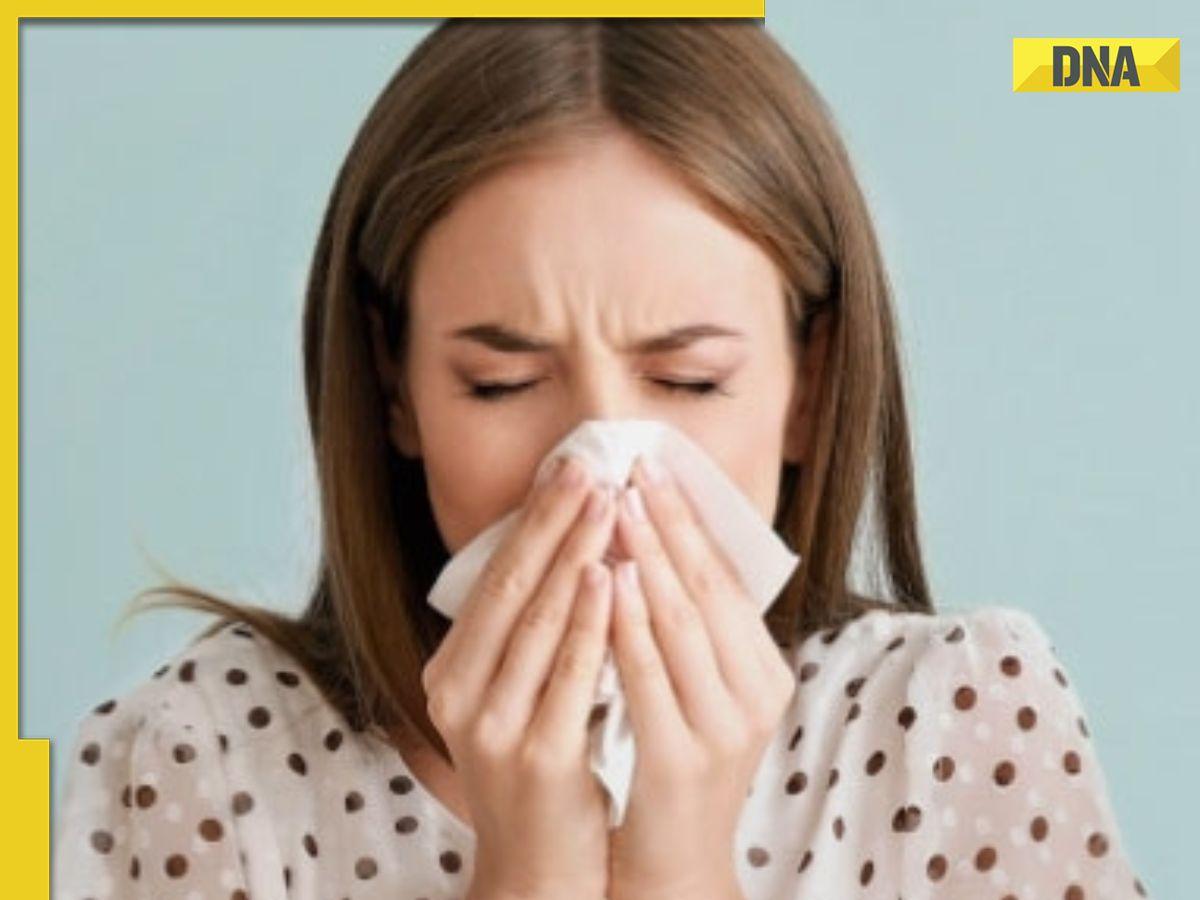
Allergic Rhinitis (AR), widely known as hay fever, is on an upward trend, imposing its toll on nasal comfort across the globe. With symptoms that mirror the common cold, AR is often mistaken for a benign annoyance when, in fact, it is a non-contagious reaction to environmental allergens such as pollen, house dust mites, animal dander, and molds. Contrary to the common cold, AR’s persistence and its association with other health complications like asthma mark it as a condition warranting greater awareness and action.
The inconvenience of sneezing, runny nose, nasal obstruction, and itching associated with AR may range from a mere nuisance to debilitating episodes that disrupt daily living. Globally, AR is not a rarity—children and adults alike face its wrath, with prevalence rates ranging from 2% to 25% in children and 10% to 40% in adults. What distinguishes AR further from a common viral infection is its duration; the symptoms can linger for weeks, unlike the fleeting nature of colds and flus.
In India, AR primarily flares up during March-April and August-October. However, symptomatic relief and control are possible with proper treatments and lifestyle adjustments. To effectively combat AR, medical interventions and home-care practices must align. Here is a comprehensive approach to managing the condition:
Maintaining nasal hygiene is quintessential for AR patients. A saline solution rinse can expel allergens and curb inflammation. Devices such as neti pots aid in nasal irrigation, efficiently washing away the irritants. Regular use of saline nasal sprays can also assist in easing congestion.
For symptomatic relief, oxymetazoline nasal sprays offer a respite from the rigors of blocked nasal passages. Appropriate application for a set duration can alleviate nasal congestion and address runny nose concerns.
The persistent irritation and blockage may require a gentler touch with isotonic saline solution. By including this in daily care, individuals can amplify their nasal comfort and facilitate unobstructed breathing.
Knowledge is power when it comes to AR. Monitoring local pollen counts, especially during the peak allergy seasons, is crucial. Weather services and mobile applications can provide real-time forecasts, empowering individuals to make informed decisions about outdoor excursions. On days with high pollen levels, staying indoors or wearing masks outside can significantly reduce allergen exposure.
The battle against Allergic Rhinitis goes beyond merely reacting to symptoms. Understanding the triggers and swiftly adapting with preventative strategies is the key to keeping AR at bay. Clean indoor environments, allergen avoidance, and potentially, immunotherapy, all contribute to a proactive defense against this affliction. With attentive management, life doesn’t have to be a constant struggle against allergies. Summer and monsoon seasons can be once again embraced in all their glory, unmarred by the persistent symptoms of AR.
In cases where symptoms continue unabated, professional healthcare guidance is not just advisable—it is imperative. A thorough evaluation and personalized treatment plan from a healthcare provider may make the difference between enduring AR and living unhindered by its influence. As Allergic Rhinitis becomes an increasingly common condition, it is essential to arm oneself with knowledge, resources, and the determination to improve one’s quality of life in the face of environmental allergens.










